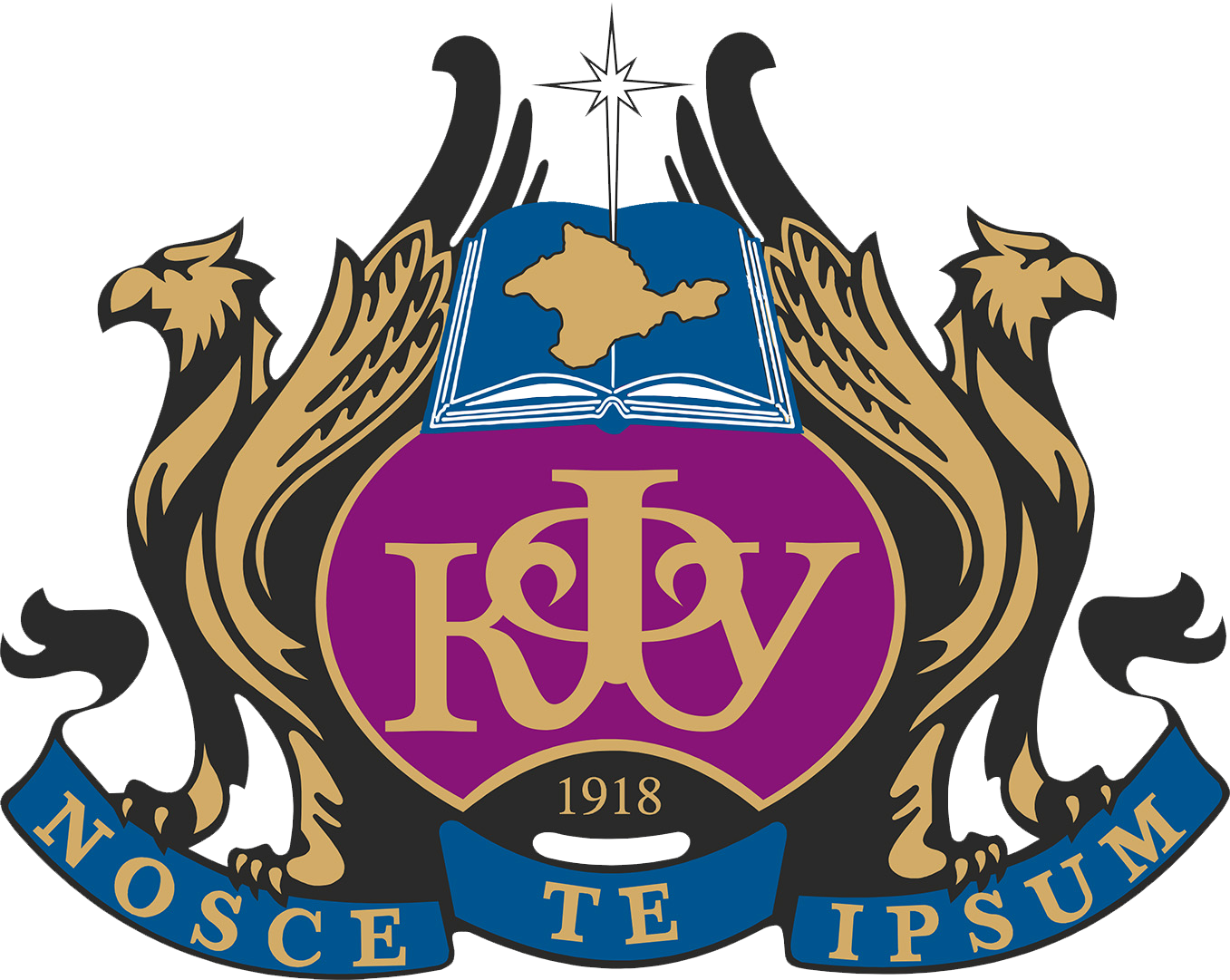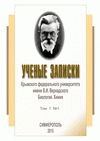The purpose of this work was to screen a number of commercially available water-soluble natural, semi-synthetic and synthetic polymer compounds for their effect on the curing process of building gypsum. Potato starch, corn starch, cherry gum, apricot gum, apple pectin, citrus pectin, sodium alginate, agar-agar, egg albumin, bovine whey albumin, casein, food gelatin, bone glue, medical tannin, water-soluble starch, dextran, ficol, chitosan, carboxymethylcellulose, polyethylene glycol, polyvinyl alcohol, polyvinylpyrrolidone. Analysis of the results showed that neutral natural polysaccharides either do not have inhibitory activity or exhibit it to a small extent (starch, agar-agar), whereas acidic natural polysaccharides (pectins) containing residues of uronic acids (D-galacturonic, D-mannuronic and L-guluronic) showed moderate retardation activity. Medical tannin, which is a hydrolyzable gallotanine with glucose residues and aromatic phenolcarboxylic gallic acid, showed high antioxidant activity. Biopolymers of protein nature (albumins, casein, gluten) also showed high inhibitory activity. Neutral semi-synthetic polymer materials based on natural compounds (water-soluble starch, dextran, ficoll) have absolutely no inhibitory effect, and semi-synthetic weakly basic chitosan has even shown an accelerating effect on the gypsum curing process. The only acidic semi-synthetic polymer studied (carboxymethylcellulose) showed pronounced inhibitory activity. Fully synthetic neutral water-soluble polymers (polyethylene glycol, polyvinyl alcohol, polyvinylpyrrolidone) showed no inhibitory activity. Obviously, for the manifestation of antioxidant activity, natural or semi-synthetic polymer compounds must have acidic groups – carboxyl groups in the residues of uronic acids of pectins and alginates, carboxyl groups in the residues of gallic acid of tannin, carboxyl or amide groups in the residues of amino acids of natural protein compounds, carbomethoxyl in the case of carboxymethyl cellulose. From a practical point of view, protein biopolymers (albumins, caseins, glutinic adhesives), tannin, and carboxymethylcellulose are interesting from the studied range of compounds due to their cheapness, accessibility, and high antioxidant activity.
binder materials, gypsum, polysaccharides, proteins, semi-synthetic and synthetic water-soluble polymer materials.
1. Butt Yu. M. Himicheskaya tehnologiya vyazhuschih materialov: uchebnik dlya vuzov / Yu. M. Butt, M. M. Sychev, V. V. Timashev. – M.: Vysshaya shkola, 1980. – 472 s.
2. Popov K. N. Stroitel'nye materialy i izdeliya: uchebnik dlya vuzov / K. N. Popov, M. B. Kaddo. – M.: Vysshaya shkola, 2005. – 438 s.
3. Paschenko A. A. Vyazhuschie materialy / A. A. Paschenko, V. P. Serbin, E. A. Starchevskaya – Kiev: Vischa shkola, 1985. – 440 s.
4. Bayer V. E. Arhitekturnoe materialovedenie / V. E. Bayer. – M.: Arhitektura S, 2006. – 264 s.
5. Sulimenko L. M. Tehnologiya mineral'nyh vyazhuschih materialov i izdeliy na ih osnove: uchebnik dlya vuzov / L. M. Sulimenko. – M.: Vysshaya shkola, 2005. – 334 s.
6. Grishkovec V. I. Vliyanie litievyh, natrievyh i kalievyh soley yablochnoy kisloty na process otverzhdeniya gipsa / V. I. Grishkovec, L. A. Yakovishin, E. N. Korzh [i dr.]
7. Grishkovec V. I. Vliyanie natrievyh soley etilendiamintetrauksusnoy kisloty na process otverzhdeniya gipsa / V. I. Grishkovec, V. M. Mel'nik, L. A. Yakovishin [i dr.]
8. Grishkovec V. I. Vliyanie tetraboratov litiya i kaliya na process otverzhdeniya gipsa / V. I. Grishkovec, L. A. Yakovishin, E. N. Korzh // Uchenye zapiski Krymskogo federal'nogo universiteta





